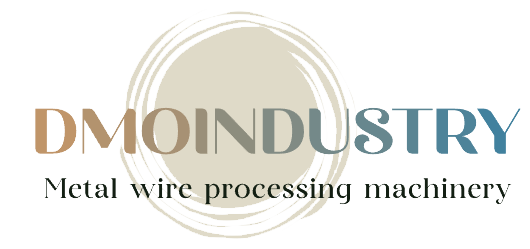Table of Contents
Applications of Rolling-Ring Linear Motion Technology
Rolling-ring linear motion technology is a versatile and efficient method of converting rotary motion into linear motion. This technology has a wide range of applications across various industries, from manufacturing and automation to medical devices and packaging equipment. Understanding the Basics of Rolling-Ring Linear Motion is essential for engineers and designers looking to incorporate this technology into their projects.

At the heart of Rolling Ring Driver motion technology is the rolling-ring drive mechanism. This mechanism consists of three precision-ground steel rings that are mounted on a rotating shaft. The inner ring is fixed in place, while the middle ring is free to rotate around the inner ring. The outer ring is connected to the load and moves linearly along the shaft as the middle ring rotates.
One of the key advantages of rolling-ring linear motion technology is its simplicity and reliability. Unlike other linear motion systems that rely on complex mechanisms and components, the rolling-ring drive mechanism is relatively straightforward and easy to maintain. This makes it an attractive option for applications where durability and longevity are essential.
Another benefit of rolling-ring linear motion technology is its high efficiency. The rolling-ring drive mechanism minimizes friction and wear, resulting in smooth and precise linear motion. This is particularly important in applications where accuracy and repeatability are critical, such as in CNC machines and robotic systems.
Rolling-ring linear motion technology is also highly customizable, allowing engineers to tailor the system to meet specific requirements. By adjusting parameters such as the pitch diameter of the rings and the number of revolutions per inch, designers can optimize the system for different load capacities and speeds. This flexibility makes rolling-ring linear motion technology suitable for a wide range of applications, from high-speed pick-and-place systems to slow-moving conveyor belts.
In addition to its technical advantages, Rolling ring linear drive technology is also cost-effective. The simplicity of the drive mechanism means that it can be manufactured at a relatively low cost, making it an affordable option for budget-conscious projects. Furthermore, the long service life of rolling-ring linear motion systems means that they require minimal maintenance and replacement, further reducing overall operating costs.
Overall, rolling-ring linear motion technology offers a reliable, efficient, and cost-effective solution for a wide range of applications. Whether you are designing a new automation system or upgrading an existing machine, rolling-ring linear motion technology can help you achieve smooth and precise linear motion. By understanding the basics of rolling-ring linear motion and its advantages, engineers and designers can make informed decisions about incorporating this technology into their projects.
Advantages of Rolling-Ring Linear Motion Systems
Rolling-ring linear motion systems are a type of linear motion technology that offers several advantages over traditional linear motion systems. These systems are designed to provide smooth and precise linear motion in a wide range of applications, making them ideal for use in industries such as manufacturing, automation, and robotics.
One of the key advantages of rolling-ring linear motion systems is their simplicity and ease of use. Unlike other types of linear motion systems that require complex mechanisms and components, rolling-ring systems consist of just a few basic parts, including a rolling ring, a shaft, and a housing. This simplicity makes them easy to install and maintain, reducing downtime and increasing productivity.
Another advantage of rolling-ring linear motion systems is their high precision and accuracy. The rolling ring mechanism allows for smooth and consistent linear motion, with minimal backlash or play. This precision is essential in applications where exact positioning is required, such as in CNC machines or pick-and-place systems.
Rolling-ring linear motion systems also offer high load capacity and durability. The rolling ring design distributes the load evenly along the shaft, reducing wear and extending the life of the system. This makes rolling-ring systems ideal for heavy-duty applications where reliability is crucial.
In addition to their mechanical advantages, Rolling-ring drives systems are also highly versatile. They can be easily customized to meet the specific requirements of a wide range of applications, including different stroke lengths, speeds, and mounting options. This flexibility makes rolling-ring systems suitable for use in a variety of industries and applications.

One of the key benefits of rolling-ring linear motion systems is their cost-effectiveness. Compared to other types of linear motion systems, rolling-ring systems are often more affordable to purchase and maintain. Their simple design and minimal components reduce the overall cost of the system, making them a cost-effective solution for many applications.
Overall, rolling-ring linear motion systems offer a range of advantages that make them an attractive choice for a wide range of applications. Their simplicity, precision, durability, versatility, and cost-effectiveness make them a popular choice for industries looking for reliable and efficient linear motion solutions.
In conclusion, rolling-ring linear motion systems provide a number of advantages that set them apart from other types of linear motion technology. Their simplicity, precision, durability, versatility, and cost-effectiveness make them an ideal choice for a wide range of applications. Whether you are looking for a reliable linear motion solution for a manufacturing process, automation system, or robotics application, rolling-ring systems offer a range of benefits that can help improve efficiency and productivity.






